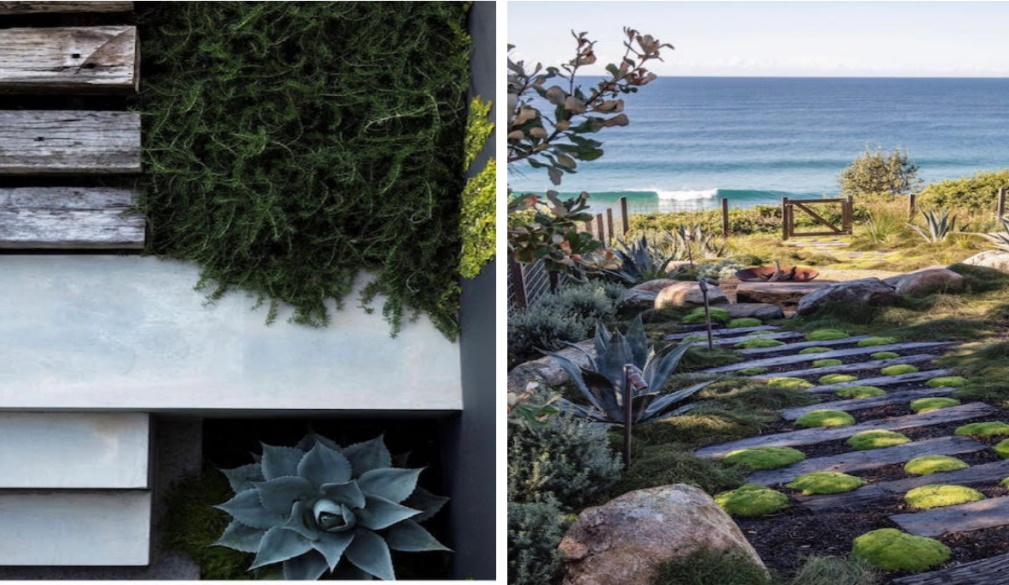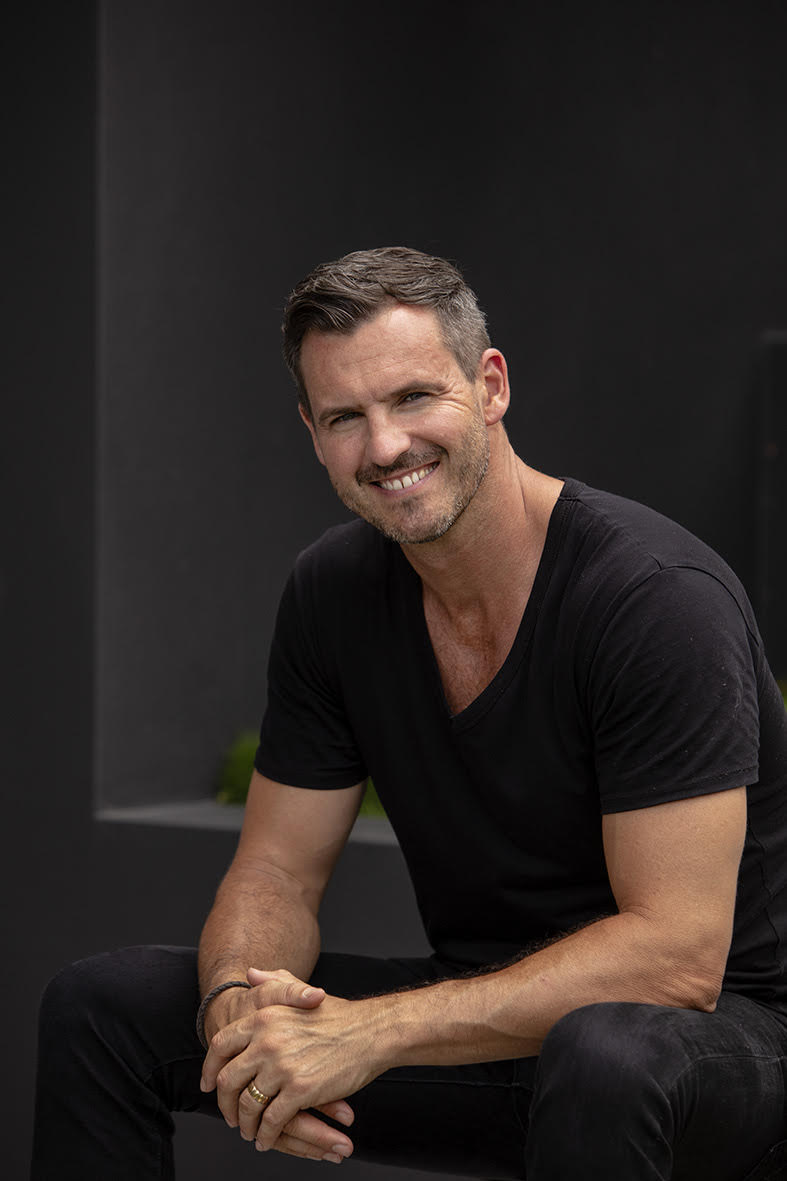Tips from award winning landscape designer Matt Leacy

Landart co-owner and lead designer Matt Leacy addresses common challenges that are a barrier to getting the most out of outdoor spaces.
Matt says, “Over the past two years, multiple lockdowns have shown us just how important it is to have access to fresh air and nature. Backyards and outdoor living spaces have become private sanctuaries to unwind and relax in.
“However, not all homeowners that I speak to feel this way. For some, their garden has become a source of unhappiness and discontent. From bland and uninspiring lawns and small spaces to patios that make owners feel like they’re ‘on display’; some yards have lost their magic.
“Reclaiming how you use and feel about your garden can seem like a herculean task, but the devil is in the detail. One clever design element is often the key to transforming how you see and use your outdoor living spaces.”

Privacy by design
It’s great to form a relationship with and feel close to your neighbours. However, you might be close to your neighbours in a different way. Perhaps close enough to hear them sneeze?
“With the proximity of city houses getting tighter and tighter, privacy is a garden design essential,” says Matt.
“We had one project recently where the home’s front entrance ran between two tall buildings. Dwarfed by the imposing walls and windows, the home’s owners and guests felt exposed each time they entered or left the property.
“The solution? We installed an arbour that ran down the front walkway. This guided the path to the front door, while keeping the eyeline lower and focused on where you’re going. The arbour was painted a dark charcoal colour, as to recede and not draw too much attention. Designed to encompass you as you walk to the front door, it drew focus away from the houses on either side.
“By bringing focus back to the immediate property, we were able to create the feeling of sanctuary within the owner’s home. This clever design detail seamlessly brought privacy back to the property,” notes Matt.
No outdoor space is too small
“A common sentiment I hear from clients is the assumption that the space they have is too small to achieve the result they’ve been dreaming of,” says Matt. “Don’t feel limited by your acreage! Any outdoor space has potential with the right mindset and design thinking.”
“One previous Landart project in North Bondi had a notably small backyard. Although it packed a punch with a luxury plunge pool, relaxing lounge area and tall hedging that prioritised privacy, it easily could have felt boxed in by the limited spare space. By strategically placing mirrors on the stark white walls, the eyeline was guided beyond the edge of the space, creating an immediate sense of openness.”
Details to connect the indoors to the outside world
“Creating cohesion and flow between the indoors and outdoors of your property is the ultimate end goal, but sometimes the two can be completely disjointed and have a very different feel,” says Matt.
“Landart worked on a Turimetta property where the house sat very high in relation to the surrounding landscape, heavy materials. Part of this design was to soften the transition from the house to the lower yard with the use of inbuilt seating and tiering. To continue the distinct, stone paving into the garden would have been too harsh in contrast against the garden. In order to keep the space refined and inviting, the client wanted to seamlessly introduce natural elements.”
“To achieve this goal and create an ideal flow and transition from built form to environment, mixed materials were experimented with,” Matt says.
“A set of steps were created that started off as a heavy stone and concrete (that could also play the dual role of a bench seat and retaining wall). They then transitioned into timber that was a more organic connection to the greenery and plantations of the garden.
“It was the detail of materials that solved the disjointed feeling between the house and the garden,” concludes Matt.

g

